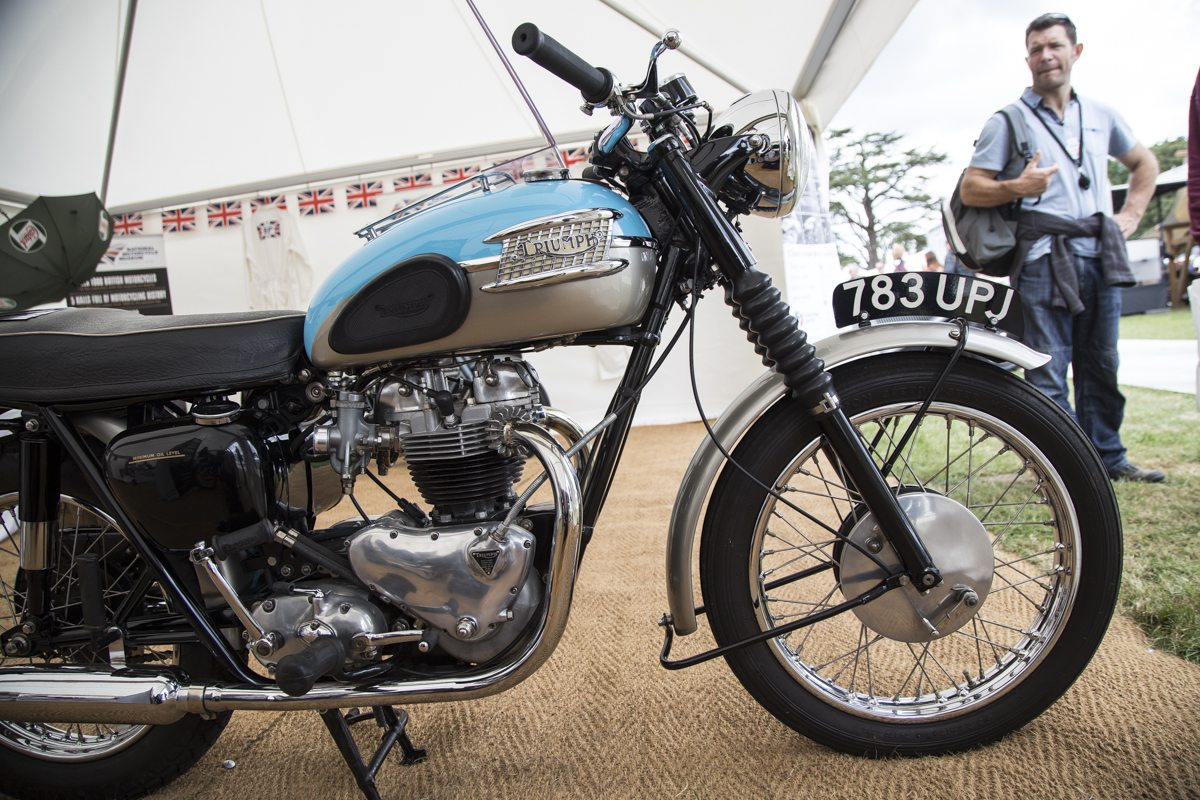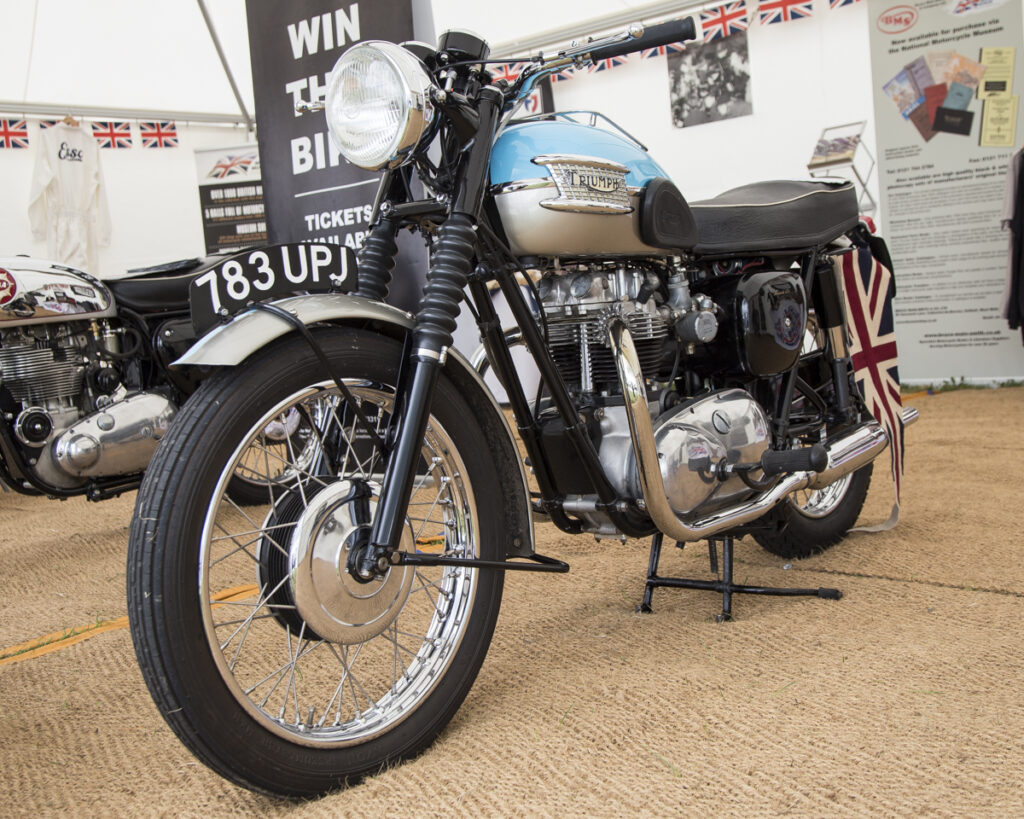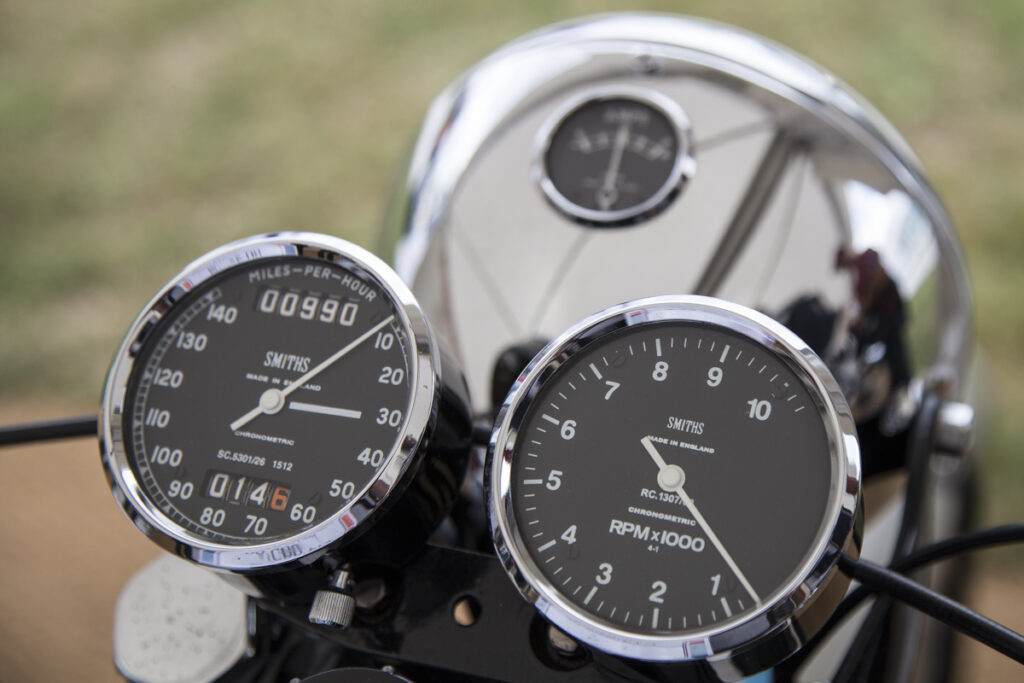
When the Triumph Bonneville T120 or ‘Bonnie’ was launched in 1959, the British motorcycle industry was riding on the crest of a popularity wave. Motorcycle enthusiasts were charmed by the sight of British motorcycles on the streets and the racetrack.
Triumph was at the forefront of the British motorcycle industry in sales and the performance of their motorcycles. There had been an evolution of high performance motorcycles throughout the 1950s with Johnny Allen pushing a Triumph-powered ‘Texas Cee-Gar’ to 193.3mph on the Bonneville Salt Flats in the USA, and setting the record for the world’s fastest motorcycle.

The obsession with speed was at least partially behind the development of the T120 Bonneville. As with many Triumphs of the time, the name T120 gave an indication of the top performing speed and the Bonneville (named after the famous Salt Flats) was the fastest motorbike on the market.
However, the Triumph Bonneville design team had clearly misunderstood the desires and requirements of their potential clients. Their target market was the USA, but the body design was for weather more typically seen in the UK. It took three years of design changes to finally produce a Bonneville free of problems and with an appearance that made it desirable to Americans.
Racing drove further development. In the UK and Europe, road racing had become widely popular, whilst in the USA motorcyclists were racing across deserts and rough motorcross terrains. Triumph desperately tried to balance horsepower against vibration, pushing the 650cc engine to the limits whilst trying to ensure the frame did not disintegrate under the strain.
By the end of the 1960s, Triumph had perfected the design. The Bonneville motorcycles hitting the streets at the end of the decade are regarded by many as the best classic British motorcycle ever produced. But the world was changing. Japanese motorcycles were improving at a rapid rate and Triumph found themselves under huge pressure to improve and evolve.

As with most classic Triumph motorcycles, the gauges on the T120 Bonneville were all designed and manufactured by SMITHS Instruments. There were two gauges, both with stainless steel casings, black faces and white lettering:
The T120 Bonneville was replaced in the early 1970s by the T140 Bonneville, with the only real difference being a 750cc engine. Sadly, this was the start of the demise of the British motorcycle industry.
Further information on SMITHS instrumentation for classic motorcycles is available on our website, or to discuss a specific requirement please contact us on:
Via the contact form on our website
Email: [email protected]
Phone: +44 (0) 1639 732200
Photographs taken by Paul Fears Photography
You can also follow us on social media for regular news updates, photographs and technical information: